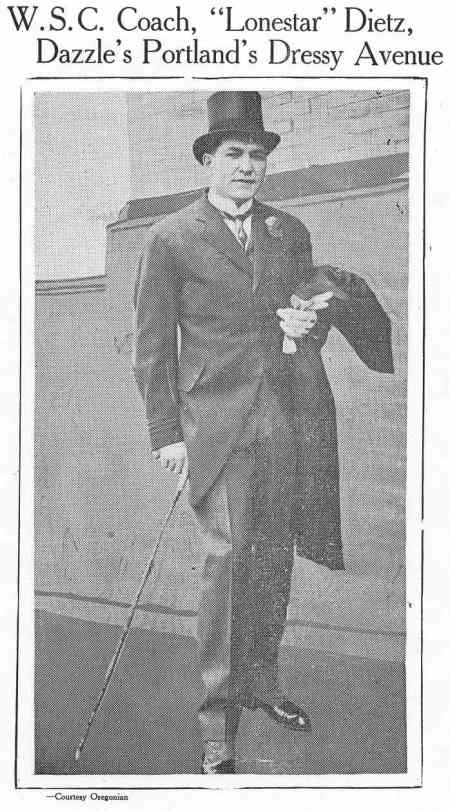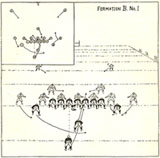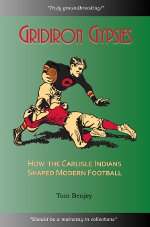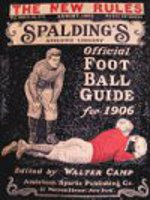Last Friday night I had the pleasure of meeting Marcia and Sheldon Cohen, the wife and son of the late Gus Cohen, at Lone Star Dietz’s induction ceremony, but more on that in a later blog. Mrs. Cohen related that her mother left the Triangle Shirtwaist factory two weeks before the infamous fire in 1911. At the time she was making $2.50 a week. She made that much because she had the skill necessary to sew lace collars onto shirts. This puts Henry Ford’s pay increase into better perspective for me. $2.50 per week increased to $5.00 per day and the workday was shortened from 9 hours to 8. That was a ten-fold increase. However, autoworkers were already making more than many other workers. But still, this raise more than doubled their income if they met Ford’s criteria. No wonder the other industrialists were flummoxed.
Not every Ford worker qualified, starting with women. Ford believed that women rightfully should be married and taking care of their families, so he didn’t increase their wages. Worker’s under 22 were not qualified unless they had dependents. To further determine who was worthy, the company’s Sociological Department was expanded. The staff of 150 visited employees’ homes and asked them about everything from marital status to savings, health, hobbies, and child care. Excessive drinking, gambling, buying on credit, a dirty home, and an unwholesome diet were all grounds for probation; if a worker hadn’t cleaned up his act in six months, not only did he not get the $5 a day wage, he was fired.
The Carlisle students at Ford worked hard to qualify. In December 1915, 25 Carlisle boys were working at Ford. Three of the first to go to Detroit (Joseph Gilman, Everett Ranco, and Norman Thompson) had already qualified for the $5 a day wage and six others (Clement Hill, William Hall, Leslie James, Francis Kettle, Fred Skenandore and Benjamin Skenandore) expected to attain that status soon. Joseph Gilman, Chippewa, expected to be transferred to Ford’s Minneapolis plant soon. That move would return him to his home state.
In May 1916, The Arrow reported that, in 1916 alone, the school had received checks from Ford to be deposited in 25 students’ accounts $1,988.60, an amount that equals 25% of their earnings during this period, $7,954.40. Most were able to live on the 75% of their pay that they received directly but some withdrew money from their school accounts for living expenses.
While living and working in Detroit the boys formed their own football team, the Detroit Carlisles, and competed with the independent or semi-pro teams along the Great Lakes. By June 1918, a total of 68 Carlisle boys had worked at the Ford plant of which more than completed the student course. Twenty-five had enlisted in the armed forces by this time. The Ford-Carlisle was impacted first by the declaration of War in 1917 and finally by the closing of Carlisle Indian School in 1918.















